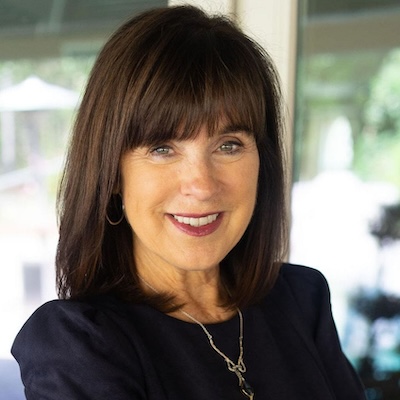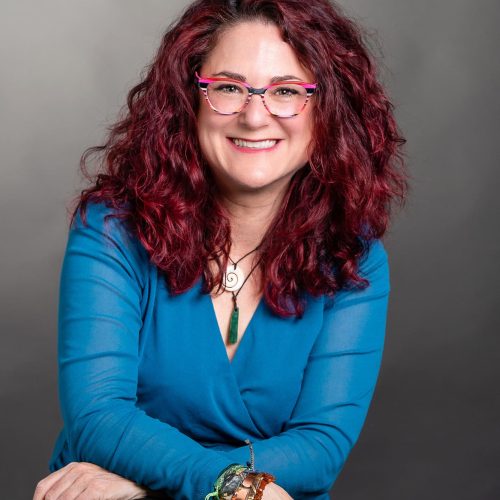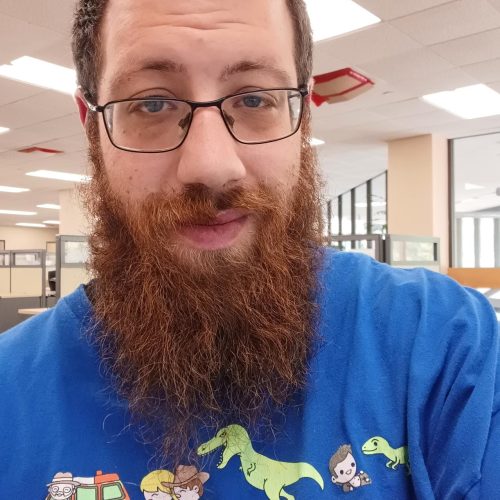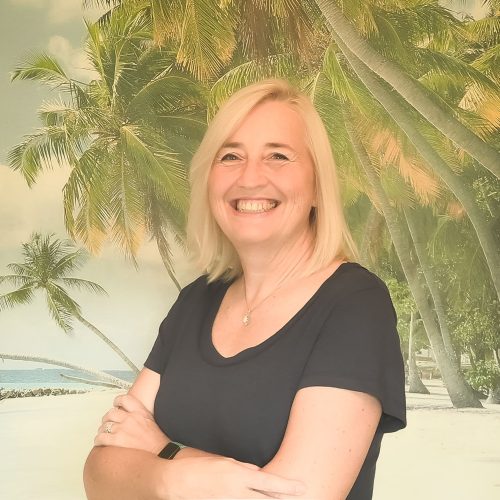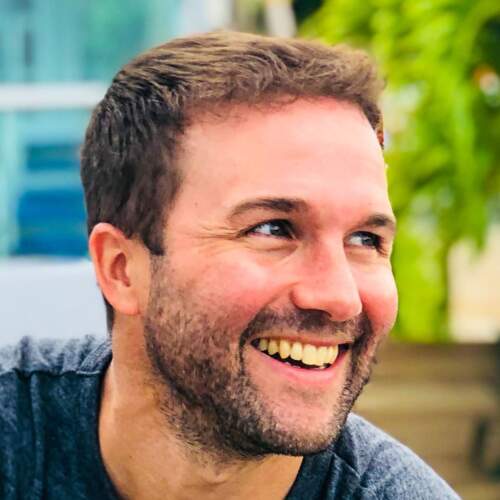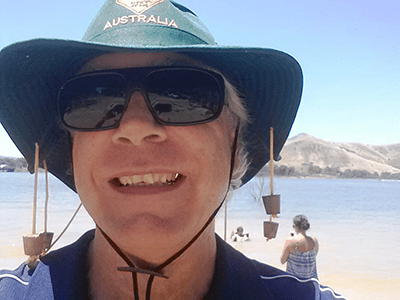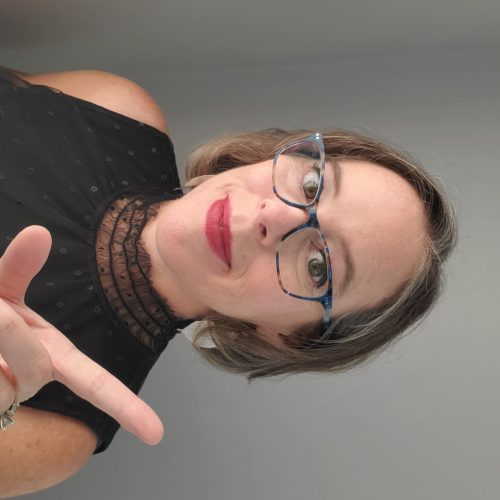6 Lessons from Failure: Jamie Siminoff’s Path from DoorBot to Ring and the Power of Vision
When we think of success, we often picture smooth sailing, but true victories are rarely that simple. Sometimes, it’s the rejections, the setbacks, and the moments of doubt that lay the foundation for our greatest achievements. In the story of Jamie Siminoff, the visionary behind Ring, we find powerful lessons from failure and the transformative power of belief in vision.
In 2013, Jamie Siminoff, a passionate entrepreneur, walked onto the set of Shark Tank with a bold idea. He pitched DoorBot, an innovative video doorbell that could revolutionize home Security by helping people see and communicate with visitors at their doors. With DoorBot already making $1 million in annual sales, Siminoff was confident. But that day on Shark Tank, things didn’t go as planned. Instead of walking away with an investment, Jamie faced a crushing Shark Tank rejection in front of millions of viewers. For most, this kind of setback could be a final blow, but for Jamie, it was just the beginning.
This article explores how Jamie Siminoff’s journey from Shark Tank rejection to billion-dollar success illustrates the importance of resilience, lessons from failure, and an unbreakable belief in vision.
The Early Days: A Tinkerer with a Vision
Let’s start at the beginning. Jamie Siminoff didn’t just wake up one day and decide to create a billion-dollar company. No, his story started much earlier than that. Born in New Jersey, Jamie was that kid who was always taking things apart, tinkering with gadgets, and dreaming up new inventions. You know the type—the kid with the messy room, full of half-finished projects and tools scattered everywhere.
Jamie’s passion for building things and solving problems was clear from a young age. And that curiosity? It never left him. It was that same curiosity that led him to Babson College, a school known for fostering entrepreneurs. While there, Jamie wasn’t just focused on academics. He was focused on solving problems. He saw the world through the lens of Innovation—always asking, “How can I make this better?”
Now, not every idea he had was a success. In fact, Jamie’s early ventures were anything but smooth sailing. He tried, he failed, he learned, and he kept going. And this is a key point, folks: failure isn’t the end; it’s part of the process. Each failure taught Jamie something new—about perseverance, about creativity, and the power of belief in vision
These early experiences shaped him into a problem-solver with a mindset focused on pushing forward, learning from failure, and never losing sight of the end goal. Little did he know that one of those early challenges—something as simple as missing deliveries—would spark an idea that would change his life forever.
The Birth of DoorBot: A Simple Problem, A Big Solution
Now, let’s fast forward a few years. Jamie’s working in his garage—yes, the classic “garage inventor” story. And he’s constantly missing deliveries because he can’t hear the doorbell while he’s working. It’s a simple problem, but like all great entrepreneurs, Jamie’s mind immediately starts thinking of a solution. He realized that if he had this problem, other people probably did too.
That’s where the idea for DoorBot was born. He envisioned a device that would allow homeowners to see who was at the door and even communicate with them—no matter where they were, all through their smartphones. Sound familiar? It should. This was the precursor to what we now know as Ring.
But here’s the thing: turning an idea into reality is rarely easy. Jamie faced massive hurdles—funding, technical challenges, and market skepticism. Investors didn’t see the potential, and there were significant obstacles in making the device reliable, user-friendly, and affordable. But despite all of these challenges, Jamie didn’t give up.
He had belief in vision—the kind of belief that keeps you going when the world tells you no. He was determined to make DoorBot work, and that’s exactly what he did. After refining the product and launching it, DoorBot started making sales, and things were looking up. That initial success provided the validation he needed to keep pushing forward. But as any entrepreneur knows, making early sales is just the beginning. To take DoorBot to the next level, Jamie needed something more—more exposure, more investment, and more credibility.
And that’s when the opportunity to appear on Shark Tank came along.
The Shark Tank Rejection: A Turning Point
It’s 2013, and Jamie Siminoff walks into the Shark Tank studio, ready to pitch his heart out. Imagine the pressure—standing in front of some of the biggest names in business, knowing that this could be the moment that changes everything. At this point, DoorBot was doing $1 million in annual sales, which is no small number for a startup. Jamie had something good, and he knew it. He needed an investment to scale, to grow, to bring his vision to the masses.
So there he was, pitching his heart out, showing the sharks how DoorBot could revolutionize home security. But the sharks? They weren’t as convinced. All except Kevin O’Leary, who you probably know as ‘Mr. Wonderful.’ O’Leary offered a deal, but here’s the thing about Kevin—his deals come with a lot of strings. He offered a $700,000 loan in exchange for a royalty on every sale and a chunk of the company. Jamie knew that deal wasn’t right for him. It didn’t align with his vision for DoorBot, so he walked away—without a deal.
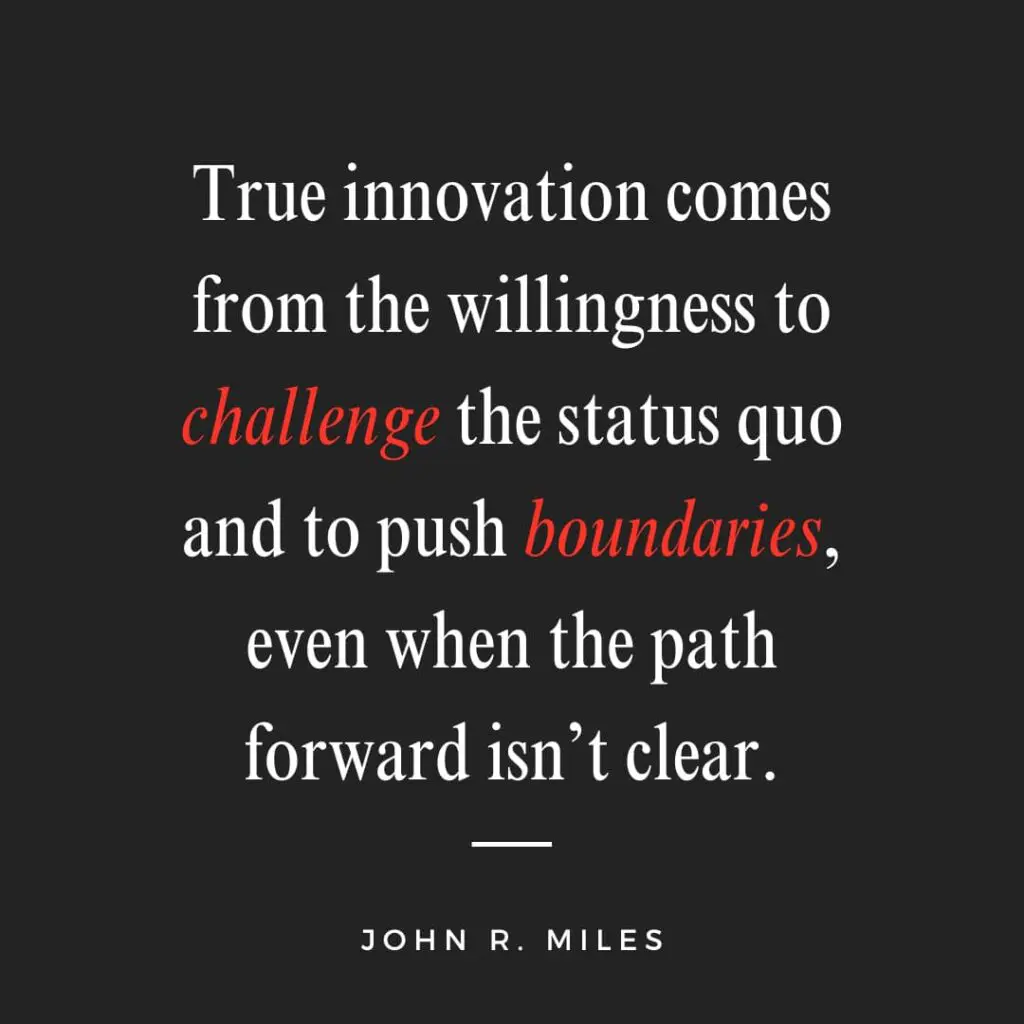
Imagine that. You’ve just put everything on the line, in front of millions of viewers, and you walk away empty-handed. For Jamie, this was a crushing blow. And I’m not gonna lie; he’s said in interviews that it was one of the lowest moments of his career. Getting rejected in front of millions of viewers—especially after putting so much into your pitch—can feel like a public failure.
But here’s where things get interesting. Instead of letting this rejection define him, Jamie used it as fuel. He realized that even though he didn’t get the deal, he had just received an incredible amount of exposure. Millions of people had just seen his product, and that visibility was priceless.
So, rather than retreat from Shark Tank rejection, Jamie doubled down. He focused on refining DoorBot, addressing the concerns the sharks had raised, and capitalizing on the publicity from the show. This period of reflection and adjustment became a pivotal moment in his journey. He took what could have been a failure and turned it into an opportunity for Growth. This, my friends, is one of the most important lessons we can learn from Jamie Siminoff’s story: setbacks are inevitable, but they don’t have to define you. It’s how you respond to them that matters.
The Transformation: From DoorBot to Ring
Now, this is where things get really interesting. Jamie knew that to take DoorBot to the next level, he needed to make some changes. So, he rebranded the product. DoorBot became Ring—a name that was more appealing and more in line with Jamie’s vision for the company.
But it wasn’t just about the name. Jamie made significant improvements to the product itself. He focused on making it more reliable, enhancing the video quality, and improving the overall user experience. He listened to customer feedback and used it to drive innovation. This is another key lesson: innovation doesn’t stop once your product hits the market. It’s a continuous process, one that requires you to stay in tune with your customers and constantly look for ways to improve.
And let me tell you, this wasn’t easy. Jamie faced stiff competition from other tech companies entering the smart home market. But instead of backing down, he pushed harder. He forged strategic partnerships with major retailers, expanded the company’s reach, and invested heavily in customer support. Jamie understood something that many entrepreneurs overlook: your customers are your greatest asset. If you focus on providing them with an exceptional experience, they’ll stick with you—and they’ll tell others.
This relentless focus on customer satisfaction paid off. Ring began to gain serious traction, and Jamie started attracting more investors. In 2015, Sir Richard Branson stepped in, Investing $28 million into Ring. That was a huge turning point for the company. Branson saw the potential that the sharks missed, and his investment gave Jamie the resources he needed to continue growing the business. But Jamie didn’t stop there. He kept hustling, kept innovating, and kept looking for ways to make Ring the best it could be.
One of the smartest moves Jamie made was securing a partnership with Amazon. That deal put Ring in front of millions of customers, and it didn’t take long for Ring to become one of the best-selling home security products on the market. Sales soared, and Jamie’s persistence paid off in a big way.
The Amazon Acquisition: A Billion-Dollar Milestone
As Ring continued to grow, it caught the attention of Amazon, a company that was looking to expand its smart home offerings. In 2018, Amazon acquired Ring for a reported $1 billion. Yes, you heard that right—one billion dollars. Now, think back to Jamie’s Shark Tank pitch. Mark Cuban—one of the sharks—had doubts that DoorBot could even reach a $90 million valuation, let alone a billion-dollar one.
But Jamie didn’t let those doubts stop him. He believed in his vision, and that belief, combined with relentless hard work and innovation, led him to build a company that Amazon saw as a crucial piece of their future in the smart home space.
But here’s the thing. The Amazon acquisition wasn’t just a payday for Jamie. It came with its own set of challenges. Jamie had to integrate Ring into Amazon’s vast ecosystem while making sure that Ring kept its unique identity and customer-first approach. And let me tell you, that’s no easy feat. But under Jamie’s leadership, Ring has flourished. The company has expanded its product line, introducing new devices and features that make home security even more accessible and convenient. And through it all, Jamie has remained committed to the same vision he had back in his garage—solving problems and making people’s lives better.
6 Lessons from Jamie Siminoff’s Journey
Jamie Siminoff’s path from Shark Tank rejection to billion-dollar success offers universally applicable lessons from failure:
1. Believe in Your Vision
This is, without a doubt, the most important lesson. Throughout his journey, Jamie never stopped believing in his vision. Even when the sharks doubted him, even when investors turned him down, even when things got tough, Jamie held onto the belief that DoorBot—later Ring—could change the world. This belief is what fueled him through the difficult times. If you don’t believe in your vision, no one else will.
2. Resilience is Everything
Rejection is part of the process. You will face setbacks. You will face doubt. But it’s how you respond to those setbacks that will determine your success. Jamie could have let the Shark Tank rejection define him, but he didn’t. He used it as fuel to keep pushing forward. And that resilience? It made all the difference.
3. Innovate, Innovate, Innovate
Innovation doesn’t stop once you’ve launched your product or achieved your goal. It’s a continuous process. Jamie was constantly looking for ways to improve Ring, whether it was by enhancing the Technology, expanding the product line, or improving customer experience. This focus on innovation is what kept Ring ahead of the competition and made it such an attractive acquisition for Amazon.
4. Turn Setbacks into Opportunities
Setbacks are inevitable. But every setback contains a lesson—if you’re willing to look for it. Jamie took his Shark Tank rejection and turned it into an opportunity to refine his product and build his brand. What could have been the end of his journey became the catalyst for his greatest success.
5. Build Strategic Partnerships
Jamie knew that to grow Ring, he couldn’t do it alone. He built strategic partnerships, first with Sir Richard Branson and later with Amazon. These partnerships provided him with the resources, exposure, and credibility needed to take Ring to new heights. In your own journey, think about who you can partner with to accelerate your growth.
6. Focus on Customer Satisfaction
At the end of the day, your customers are your most valuable asset. Jamie understood this from the beginning, and it’s one of the reasons Ring was so successful. He invested heavily in customer support, listened to feedback, and made improvements based on what his customers needed. If you focus on delivering value to the people you serve, success will follow.
Final Thoughts: Moving Forward with Confidence
Jamie Siminoff’s journey from a garage inventor to the founder of a billion-dollar company is a powerful reminder that success isn’t a straight path. It’s filled with twists, turns, setbacks, and challenges. But if you believe in your vision, stay resilient, and keep pushing forward, anything is possible.
Whether you’re an entrepreneur or someone pursuing a personal goal, the lessons from Jamie’s story are universally applicable. Believe in your vision. Be resilient in the face of rejection. Embrace innovation. Build strategic partnerships. And most importantly, always focus on the people you serve.
So, I want to leave you with this: What’s your vision? What’s that big idea or goal you’re working toward? And how will you respond when you face rejection or obstacles? Remember, it’s not about avoiding failure—it’s about how you bounce back and use it to propel you forward.
Success isn’t about avoiding failure—it’s about using it as fuel to keep moving forward. So, go out there and chase your dreams. Stay passionate, stay resilient, and keep striving for greatness.





